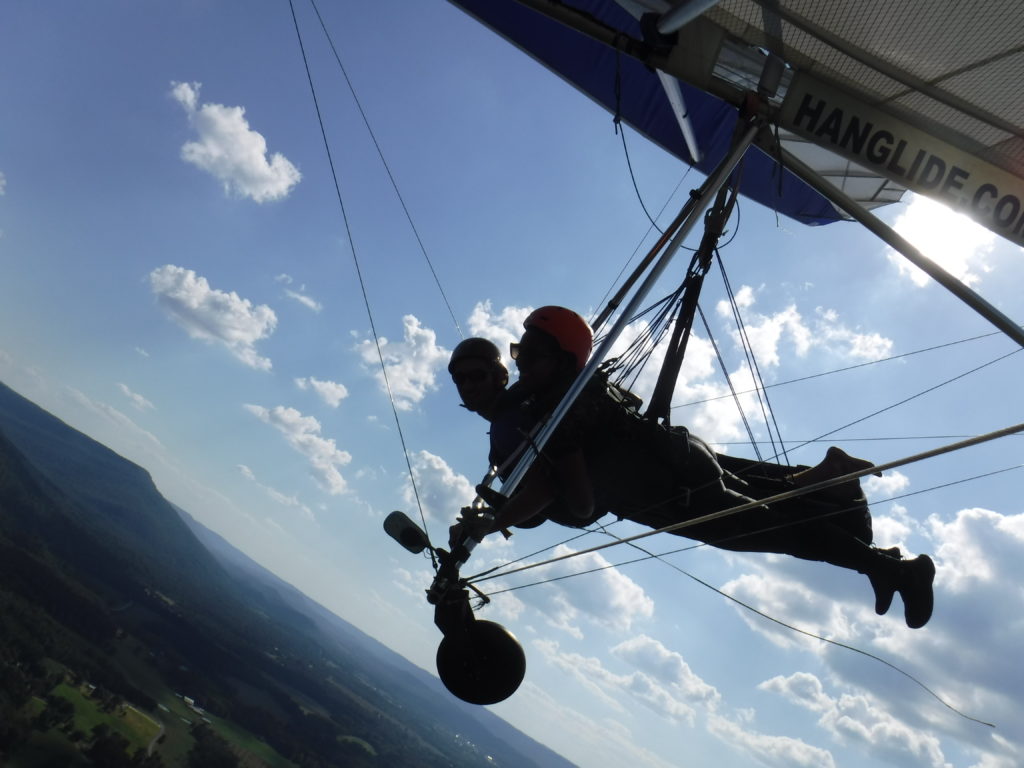

By Carrie Williams
I’m always looking for new adventures. Doing something new is always exciting because you never know where it will lead, and for me that’s the point of adventure. The unknown, the surprise, the uncertainty. I try to leave all expectations aside so I can fully embrace the experience for what it is and not what I thought or wanted it to be. Honestly, we should live more of our lives that way, not always clinging to the known but opening ourselves up to the unfamiliar. I know the things I like to do can be risky, and I am not advocating for impulsive behavior but rather challenging you to do something out of your comfort level. It doesn’t have to be some grand outdoor escapade, I just want you to take more risks in general. Growth can’t happen at the same level of comfort, you have to step up to reach more.
I have a system for challenging myself. I place myself in uncomfortable situations all the time which then forces me to react, adapt, change or grow. I’m certainly not always successful with this system, I fail, I procrastinate, I get uninterested. But I always come back, I remember that anything great worth having or experiencing takes some level of risk. How do you challenge yourself? What do you do to get to that next level?
Hang gliding was the next challenge that I wanted to endure…
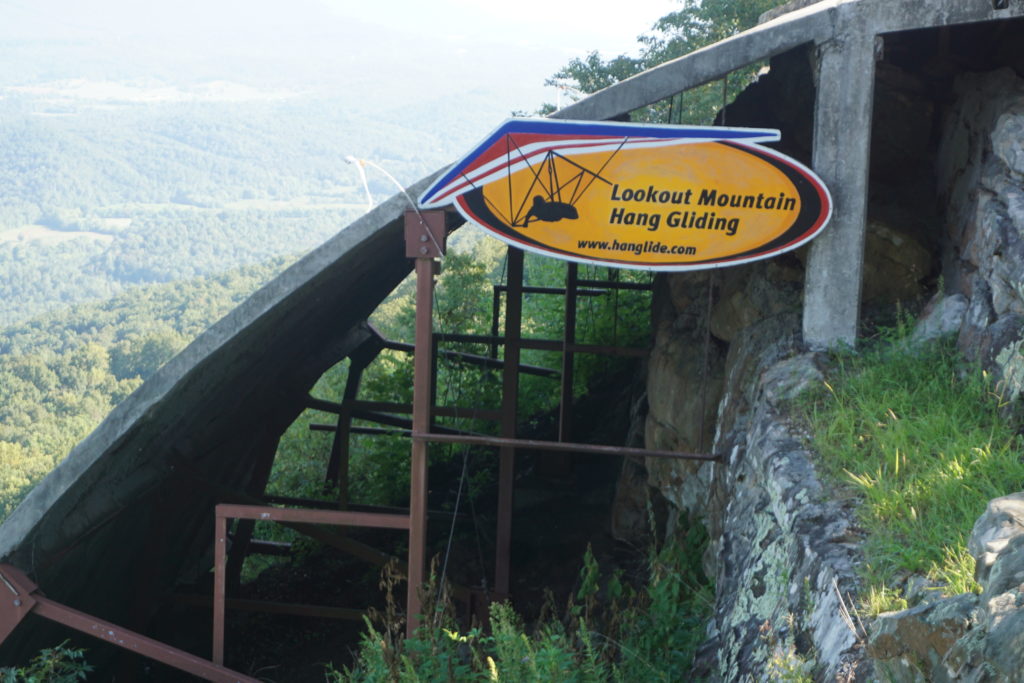
What is hang gliding?
Hang gliding isn’t just some new trend for millenials. The concept of hang gliding has been around since 6th century A.D. The origin of hang gliding was designed as a huge kite aerodynamic enough to sustain the weight of an average size person. Over thousands of years there’s been reiterations and improvements to the mechanics and flight safety practices. A hang glider is made up of aluminium alloy or composite frame with synthetic sailcloth to form a wing. The wing is composed of either two materials: woven polyester fabrics and composite laminated fabrics.
How it works: A pilot is suspended in the air with a harness that supports the body, while holding on to a navigation bar that’s used for speed adjustment and sailing. There are a few launching techniques, like tow-launching from a ground-based system, aerotowing (using an airplane for lifting the hang glider), boat-towing and running off of a hill on foot. Pilots can soar across the nation for hours gaining thousands of feet of altitude in thermal updrafts and air currents.
Why hang gliding?
Why not? I’ve always wanted to try it and after going skydiving, I loved that feeling of being submerged within the air. As I mentioned earlier, I enjoy a good challenge and hang gliding was next on my long list of “to-dos”.
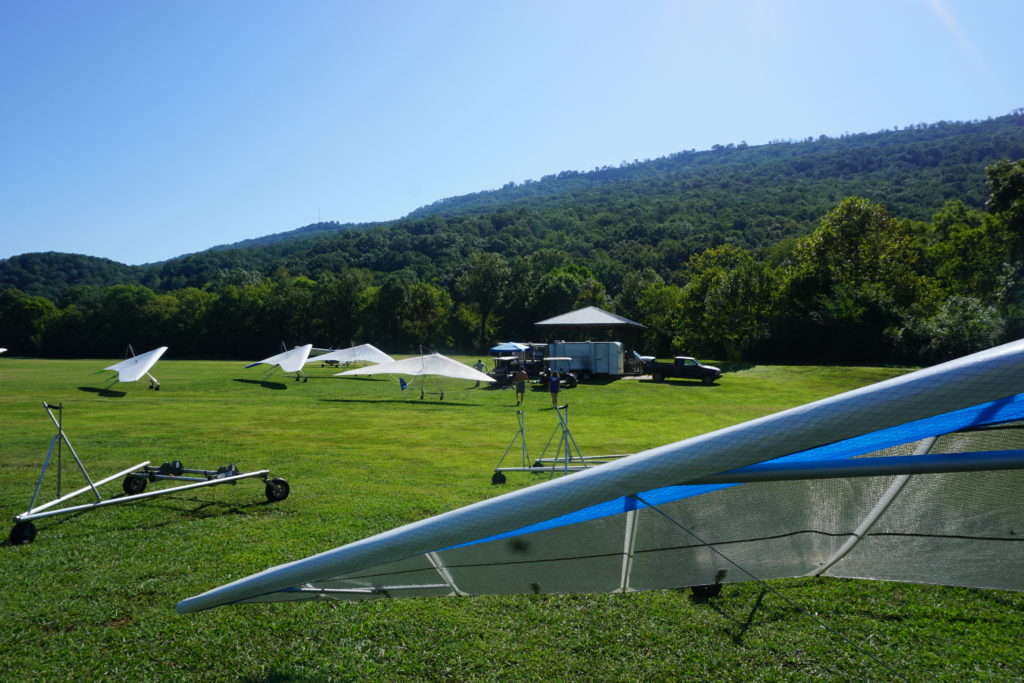
How did it feel?
Breathtaking. I knew I would love it, but not that much. Unlike skydiving there’s a sense of control because you can use the navigation bar to soar in various directions and speeds. Skydiving is more of a free fall, whereas hang gliding allows you to fearlessly glide among the sky, swaying through every cloud. I couldn’t stop smiling. Everything that was troubling me seemed irrelevant and distant. I felt safe and grateful to experience something that made me closer to the heavens. We were about 3,000 feet in the air, cruising alongside a flock of birds, lasting 15-20 minutes.
I could have gotten used to doing tandem flights for a living, I even asked about their pilot programs. My instructor gave me some information to take home and I honestly considered becoming a full-time hang glider pilot. I was researching and learning about the science behind it, how long it would take and the countless hours I would have had to commit. During the next few weeks I realized I wasn’t ready to make such a drastic change but as you can probably tell, it had a profound impact on me. It added more fuel to my yearnings for discovery and wonder in this expansive world.
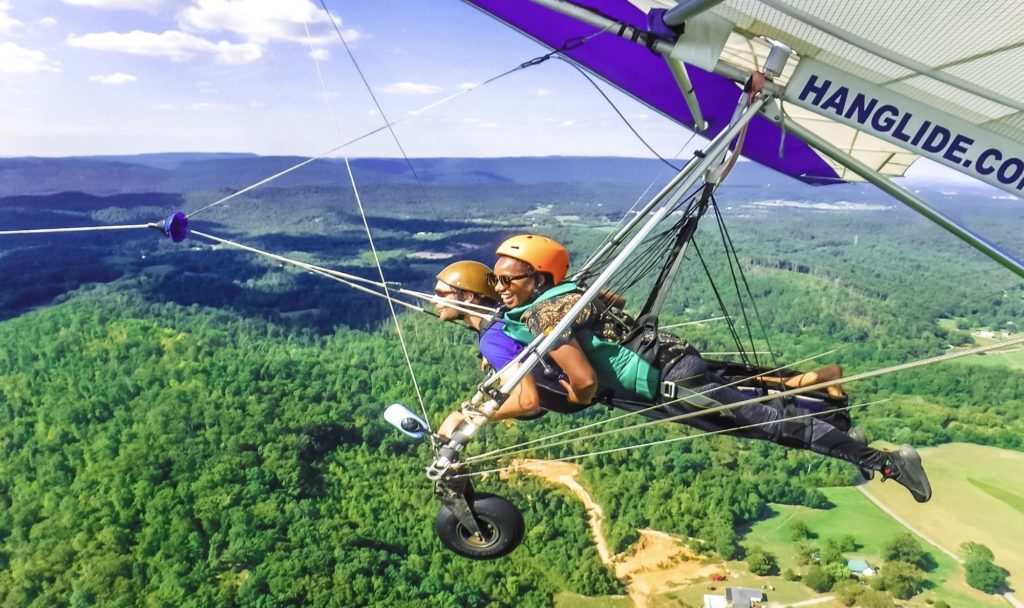
What you need to know
If you’re reading about this, there is likely some curiosity in you that wants to try hang gliding. I encourage you to take that leap! Do your research and just go for it.
Now before you get out there here are a few things to remember and/or consider.
Weather: We were scheduled to fly out in the morning but because of the wind conditions we had to wait until the afternoon. To hang glide, the wind speeds have to be very stabilized, even a sunny beautiful day can be misleading if the wind speeds are roaring. The wind patterns affect the flight and that can be very dangerous. However, the pilot and company are required to watch and assess the weather before taking flight so you will be notified if anything holds up your hang glide experience.
Since we had the entire day to wait, we began to explore the area and stumbled upon some amazing scenery and trails. See that’s what I love about adventures you never know where or what it will lead to. We spent a full day engulfed in nature by accident.
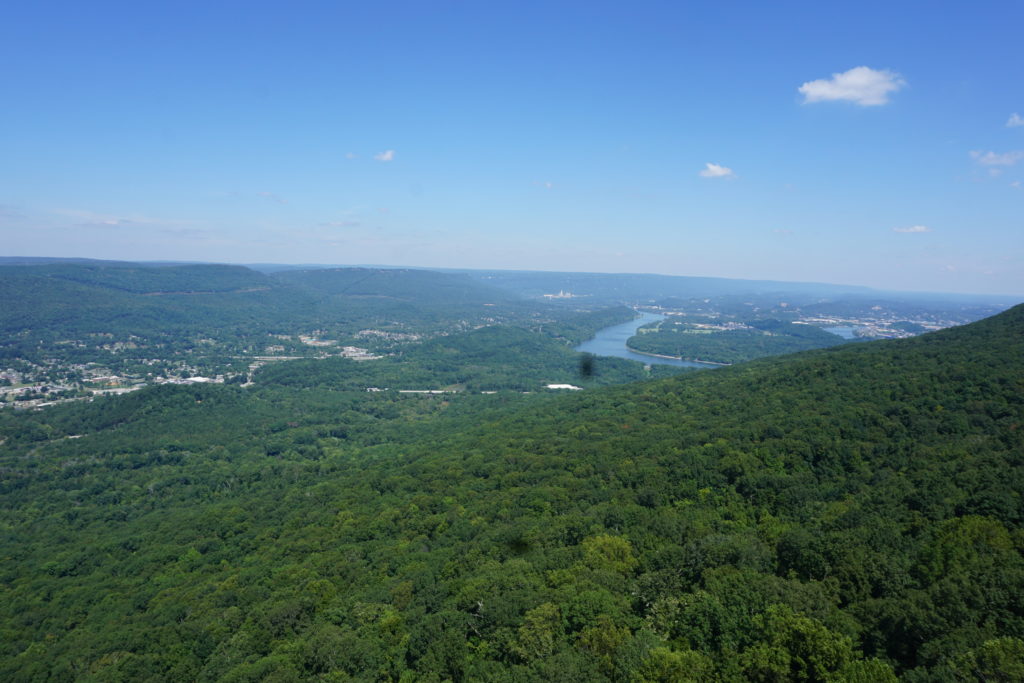
Safety: I took a safety class before my hang gliding flight. The class was on-sight and same-day as the hang gliding flight and went over the history, structure, positioning and safety protocols to follow. Because it was my first time I needed a licensed professional hang glide instructor/pilot to accompany me. Imagine hang gliding completely by yourself for the first time? Whew, I’m risky but not that risky, you wouldn’t be able to do that anyways without proper licensing and training, thank God. Our harnesses were attached to one another. A parachute was enclosed within the harness of the pilot so if anything were to happen mid-air we would have a safe alternative landing. We were also required to wear a helmet and harnessing gear which was provided by the company. Custom beginner set up can be between $6,000-$10,000, in case you got it like that and wanted to buy your own.
There were lots of instructors and professionals around to answer any questions and ease concerns.
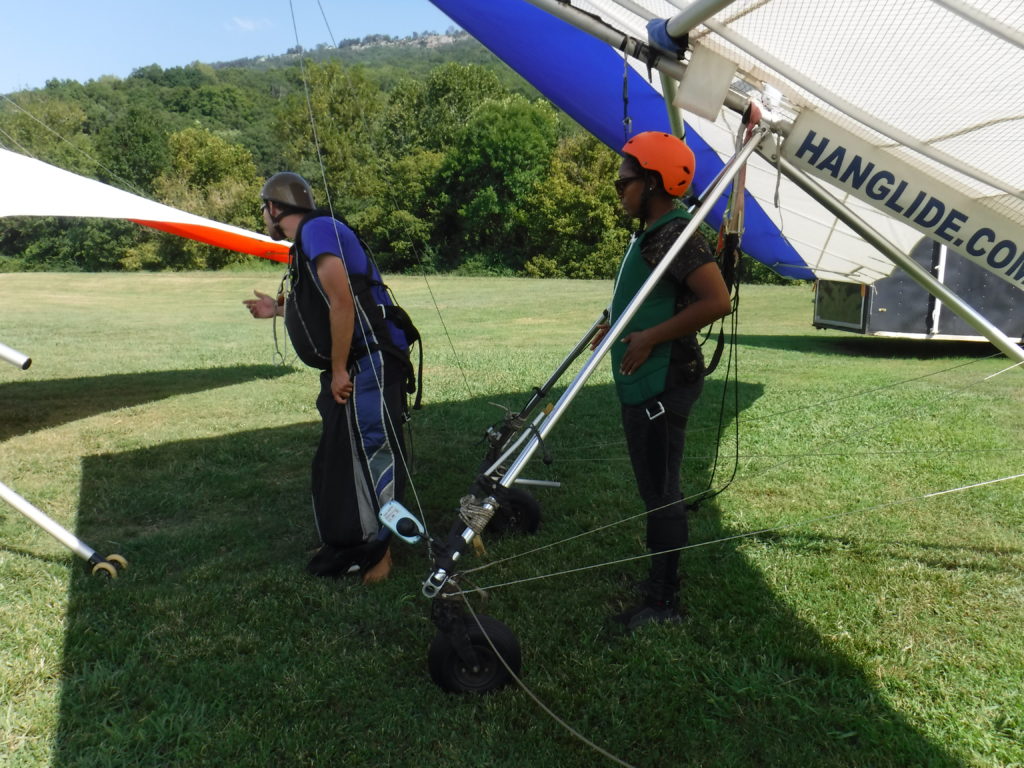
Location: To some people’s surprise, you can’t just hang glide anywhere. You should be in an open outdoor environment. In my experience, we launched in an open field surrounded by trees and sky. You have the option to launch on a hill or mountain top high above trees (you don’t want to get caught in them), or you can launch over a body of water. Personally, launching through a field felt right for my first time because it was a familiar grounded setting. I was able to brace myself for the impact as we lifted off into the air.
Launching, lift off & landing: In order to be lifted off of the ground, the hang glide must be attached to a small plane. Like a normal plane during take off, the hang glide had wheels to counterbalance the momentum. The open field was the runway, there was an anchor that connected the hang glide to the plane that would eventually release when we reached the optimal height. The release and detachment was probably the most scary part of it all because the hang glider drops unexpectedly and instantly at a fast speed. Luckily, that feeling didn’t last for long and the flight began to stabilize. After soaring for a while, we lowered the navigation bar to slow our speed so we’d eventually float back down to reality. Landing was simple and easy. We floated low enough for the wheels of the hang glider to come out and roll us to a safe speed where we would land completely on the ground.
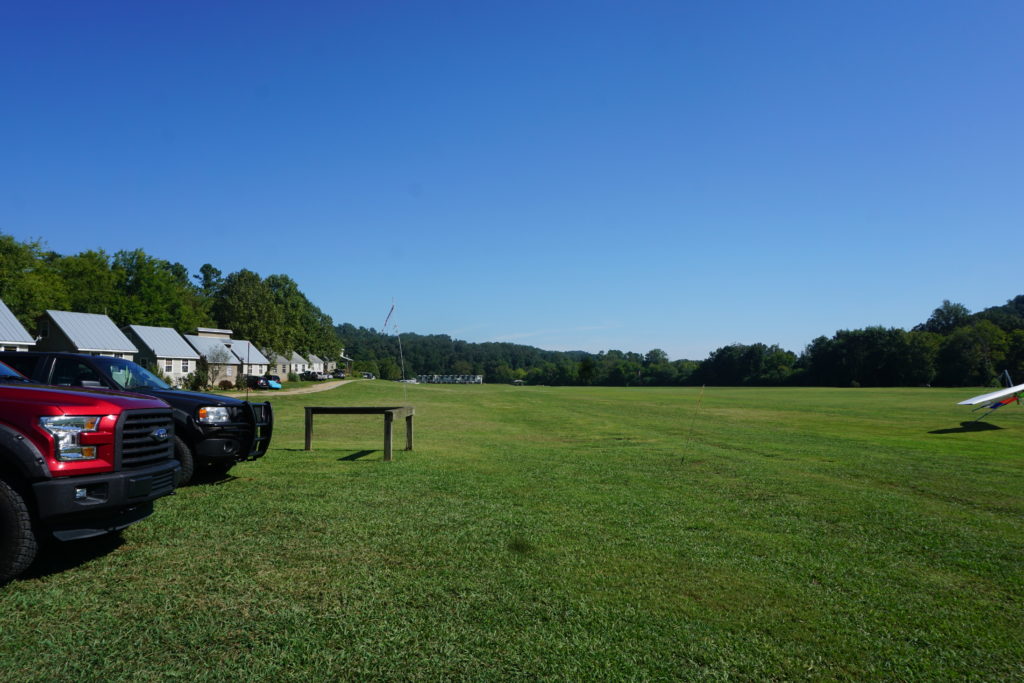

Try it
If I hadn’t said it enough, hang gliding was an amazing experience. Even if you don’t do it, try something that scares you or challenges you. Find a scenic affair and continue the journey.
Isaiah 40:31 – But those who hope in the Lord will renew their strength. They will soar on wings like eagles; they will run and not grow weary, they will walk and not be faint.


I can’t wait to try hang gliding. I’ve always wanted to do this since I was a kid. I’m definitely inspired. Can’t wait to read more. Thanks Carrie!!!
Please let me know when you do it!! I can’t wait for you to enjoy the experience Deedee!! Thanks so much for the support! 🙂